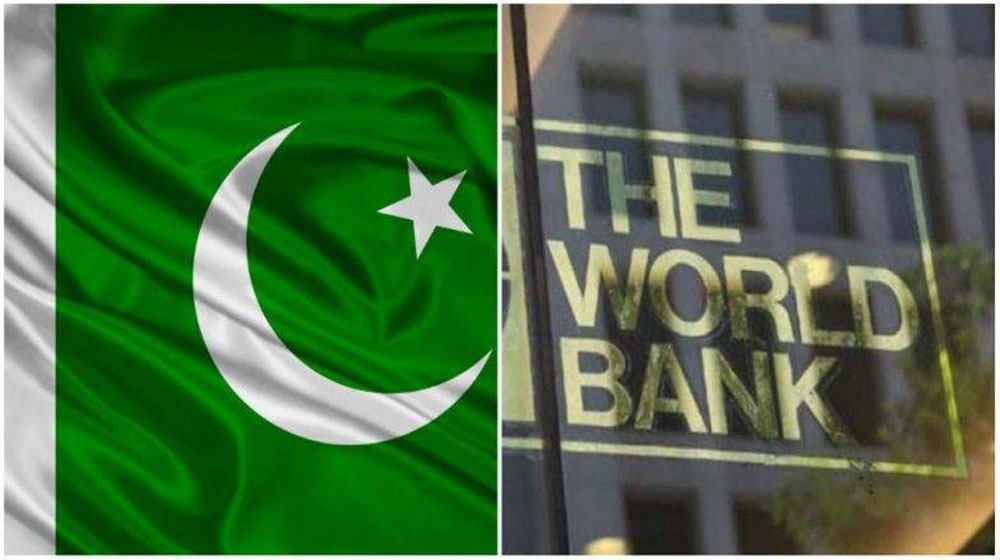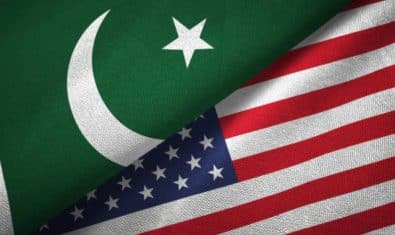External financing could be compounded by difficulties, for Pakistan, in rolling-over bilateral debt from non-traditional donors and tighter international financing conditions, given the “anemic” economic outlook of Pakistan, with a growth rate of just 0.5% in the current fiscal year, as per the World Bank’s biannual flagship report “the South Asia Economic Focus”, released on Thursday.
According to the World Bank’s report on South Asia, the regional growth was expected to rebound at 4.5 percent in the fiscal year 2020-21 (FY21) against negative 7.7 percent in the last fiscal year 2020. The country-wide projections show Afghanistan’s growth at 2.5 percent, Sri Lanka at 3.3 percent, Bangladesh at 1.6 percent, and India 5.4 percent in FY21.
The half-a-percentage economic growth rate projected for Pakistan is far below the official target of 2.1% that the incumbent PTI government had set for its third year in power. As per the World Bank’s forecast, Pakistan’s economic outlook is expected to remain fragile for at least two years, accounting for the economic impact caused by the outbreak of the coronavirus pandemic.
Services sector growth is expected to remain weak, which is likely to directly impact the vulnerable households who rely heavily on jobs. This is likely to worsen the already high poverty rates. The pandemic is also expected to exacerbate Pakistan’s human capital challenges.
Private consumption is also projected to fall precipitously in Nepal, Pakistan, Sri Lanka, and Bangladesh, where remittances are a large share of income. For Pakistan specifically, the remittances may plunge by 8.8% in 2020 and if the international crisis worsens, there will be an 11.1% decline in remittances.
The report also predicted the worsening of current account deficit, budget deficit, and public debt in the current fiscal year 2020-21 for the region. “The news is not good and the outlook is dire for South Asia,” World Bank Chief Economist for South Asia region Hans Timmer said in his opening remarks given through audio conference. “The GDP tells only part of the story as the informal sector is hit more than its proportion,” he added.
Regarding Pakistan specifically, the domestic economic activity is expected to recover with a gradual decline of Covid-19 cases and corresponding lifting of lockdown measures, but the near-term economic prospects are still subdued in the near future. The economic growth in Pakistan is projected to remain below potential, at 0.5% for FY-21, compared to over 4% annual average in three years to the fiscal year 2018-19.
This projection is still highly uncertain and does not account for any significant inflation flare-ups or unexpected wave of Covid-19 cases that might require further widespread lockdowns. “Given anemic growth projections in the near term, poverty is expected to worsen,” the report said.
Growth is expected to gradually recover but remains muted, given heightened uncertainty and the resumption of demand compression measures.
A possible resurgence of the infection, widespread crop damage due to locusts, and heavy monsoon rains pose major risks to the outlook. The economic growth is projected to remain below potential, averaging 1.3% during the next two years, the report added.
The current account deficit is expected to widen to an average of 1.5% of GDP over the fiscal year 2020-21 and 2021-22, with imports and exports gradually picking up as domestic demand and global conditions improve, it added.
The fiscal deficit is projected to surge to 8.2% of the GDP in this fiscal, as the expenditures will remain substantial due to sizeable interest payments, a rising salary and pension bill, and absorption of energy SOE [State-owned enterprises] guaranteed debt by the government.
The public debt will remain high in the new two years, projecting it at 93.5% of the GDP in this fiscal year, which is set to slightly increase in the next fiscal year too.
The external financing risks could be compounded by difficulties in rolling-over bilateral debt from non-traditional donors and tighter international financing conditions.
The WB said that despite weak activity, consumer price inflation rose from an average of 6.8% in the fiscal year 2019 due to surging food inflation, hikes in administered energy prices, and a weaker rupee, which depreciated 13.8% against the US dollar in the last fiscal year.






















This is really bad! We need more than IK to navigate this.
“The country-wide projections show Afghanistan’s growth at 2.5 percent, Sri Lanka at 3.3 percent, Bangladesh at 1.6 percent, and India 5.4 percent in FY21.”
afghanistan, bangladesh,india and basically everyone is better than us despite how we have controlled corona. Things are looking bad for the economy.